Galloway: 'There are no wobbling lips or tears of pride around these parts; we’ll leave that sort of carry-on to the Highlanders'
A childhood spent in the company of curlews and cattle is one of magic. In an extract from his new book, Native: Life in a Vanishing Landscape', Patrick Laurie recounts his return to a disappearing way of life.
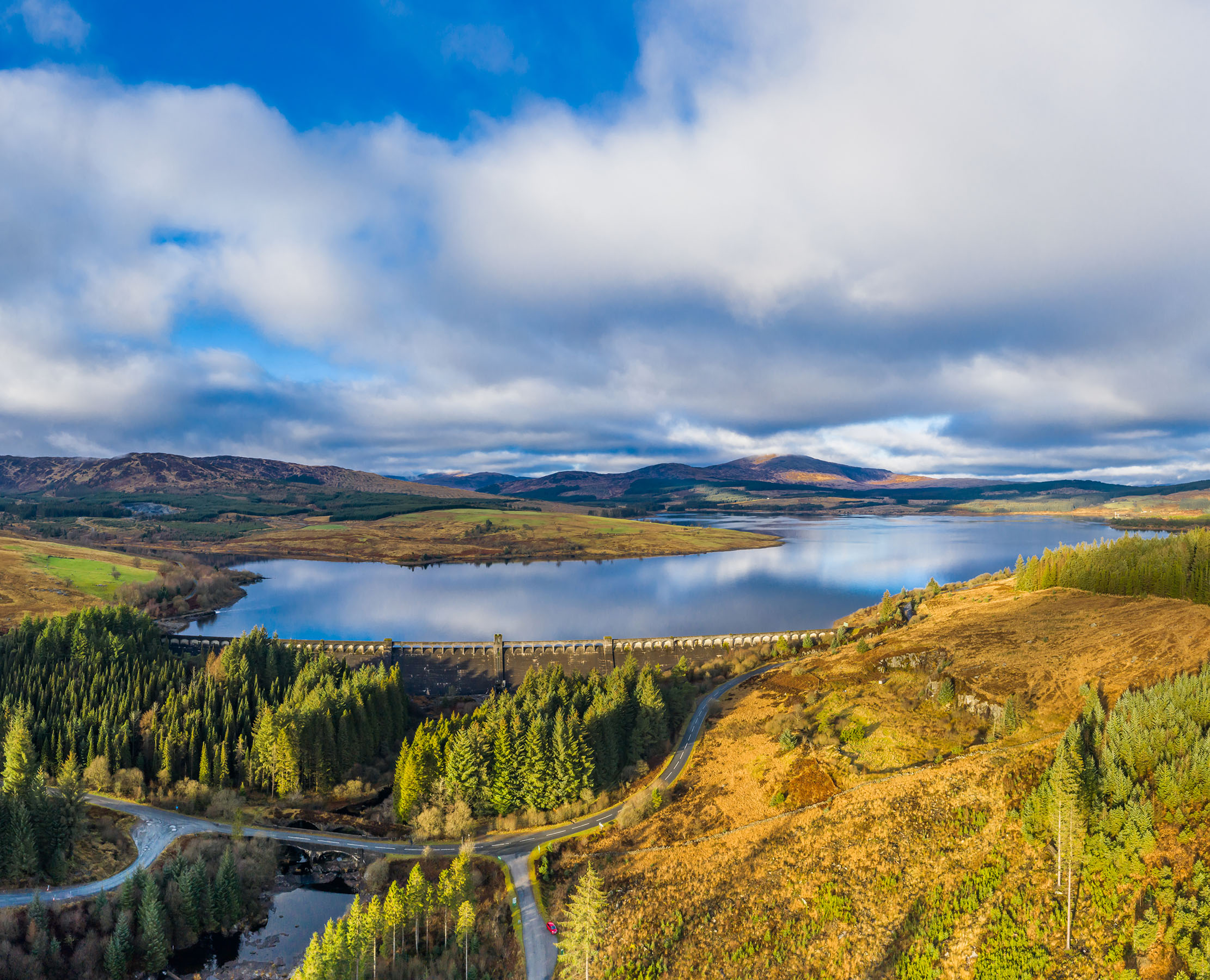

Galloway is unheard of. This south-western corner of Scotland has been overlooked for so long that we have fallen off the map. People don’t know what to make of us anymore and shrug when we try to explain. When my school rugby team travelled to Perthshire for a match, our opponents thumped us for being English. When we went for a game in England, we were thumped again for being Scottish. That was child’s play, but now I realise that even grown-ups struggle to place us.
When Galloway folk speak of home, we don’t talk of heather in bloom or the mist upon sea lochs and mountains. Our place is broad and blue and it smells of rain. Perhaps we can’t match the extravagant pibroch scenery of the north, but we’re anchored to this place by a sure and lasting bond. There are no wobbling lips or tears of pride around these parts; we’ll leave that sort of carry-on to the Highlanders. We’ll nod and make light of it, but we know that life away from Galloway is unthinkable.

Wild birds fly over Galloway. They move between the shore and the hills, and that journey brings them close at hand. I was brought up on a seaside farm where curlews spent their winter days in noisy gangs of a hundred and more. My father ran a mixed business based on sheep and beef cattle, and curlews flowed alongside him in rich furrows by the shore. When spring comes, curlews are blown uphill on warming winds to breed on the moors, and we followed them a few miles inland to pass many hours at work on my grandfather’s hill farm. I heard the birds crying on busy days when the sheep were clipped and the peat was cut.
Unremarkable in flight, obscure in plumage and secretive to the point of rumour, curlews are unlikely heroes. But then they call over the shore and sing beneath the high-stacked clouds and there is nothing else of value.
"My generation has arrived at a party which seems to be ending, and it’s getting harder to recall birds as they were in the days of their plenty."
No other wild bird has that power to convey a sense of place through song. It’s a grasping, bellyroll of belonging in the space between rough grass and tall skies, and you never forget it. The curlew’s call became the year-long sound of my childhood. I hear that liquid, loving list and I’m lying in the warm, sheepy grass again, a small boy in too-big wellies, hugged by old familiar hills.
Visitors come and tell us that we live in a fine place to watch birds, but we’ve always taken our wildlife for granted. Problems have only arrived here in the last few decades, and we’ve been spoiled by centuries of surplus. We’ve gorged on wild partridges and salmon for a thousand years, and now we are told to be careful with what we have because nature is fragile. True enough, our salmon have gone and our game is going, but we aren’t sure what to make of birdwatchers and ecologists. They come from somewhere else and they usually tell us we’re wrong.
I was besotted with birds. Curlews were my focus, but I’d often get up before dawn to watch black grouse and lapwings displaying in the rushes above the hill pens. I’m glad I made the time for those birds because they’ve all gone now. I knew the last black grouse by name, and I was there to see the final lapwing’s egg. Curlews are the last of a grand dynasty of hill birds which has crumbled into ash during the short course of my life. My generation has arrived at a party which seems to be ending, and it’s getting harder to recall birds as they were in the days of their plenty.
Exquisite houses, the beauty of Nature, and how to get the most from your life, straight to your inbox.
"My family was fascinated by nature, and many of our friends had an amazing wealth of knowledge about birds of all kinds… I gobbled up their stories and made them my own. I was just a boy, and I blurred the lines between truth and fiction. I didn’t realise that much of that wisdom was already muddled into mythology."
People often say that agriculture has driven this collapse. There’s a long-running conflict between conservationists and farmers, and I was caught with a foot in both camps. Birdwatchers say that farmers don’t give a damn about wildlife, but I couldn’t square that with what I saw at home. My love of nature had always been egged on by my parents, who nudged and fired me up with their own stories and tales. My father used to bring me small treasures he’d found on the farm: I had an owl feather and a snake’s skin on my bedside table. I was devoted to a dead mole which I carried everywhere in my jacket pocket for two weeks. I loved ‘him’ (or her) with desperate intensity, but this divine jewel went missing in mysterious circumstances. It took almost twenty years for me to realise that my parents had thrown the corpse away when it had finally sprung a leak and begun to melt.
My family was fascinated by nature, and many of our friends had an amazing wealth of knowledge about birds of all kinds. Some of these were hard-handed gamekeepers and deerstalkers who often slept on the open hill and knew magical details about rough grass and wide skies. They knew where to find deer kids in the bracken, and they watched the owls go down to roost. I gobbled up their stories and made them my own. I was just a boy, and I blurred the lines between truth and fiction.
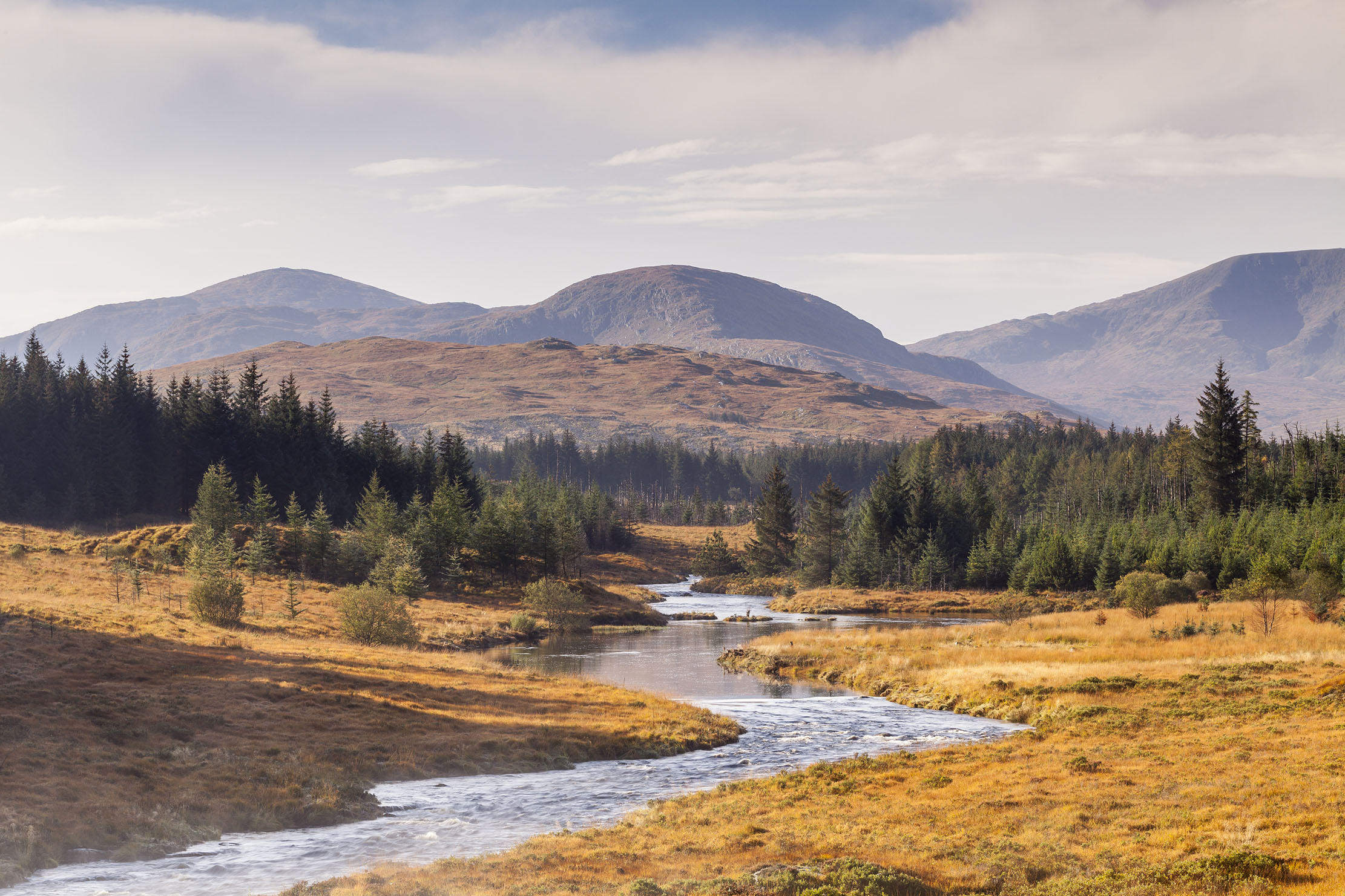
I didn’t realise that much of that wisdom was already muddled into mythology, and I swallowed it all without checking. I learned more about hen harriers from one old gamekeeper than I have from any book or study since, but the same man avidly believed in the craigie heron, a long-necked bird which prods for frogs by the light of the full moon. Craigie herons aren’t magical or special beyond the realm of other birds; they just don’t exist. But I believed in them like any kid would because the world is big and complicated, and I had no reason to suspect anything else.
As a child, my sole ambition was to farm and raise livestock like my family had before me. I was gagging to pick up the baton and carry it forward, but the world intervened. Small farms had been trickling away for years, and ‘mad cow disease’ would quickly sink those who hadn’t already jumped. Not long before my seventh birthday, my father crossed into the law and became a solicitor. His farm sank behind him and was gone. He leased the land to a series of tenants — bigger farmers who recognised that the only hope of survival lay in expansion.
My father’s animals were loaded onto a lorry and vanished. The farm became something very different that day. Our fields lost their urgency and relevance. The hill had paid our bills, and now it was merely a place for walking dogs. If it rained, we stayed indoors. Our friends and neighbours fought hard to keep up with the changes in farming, but we were drifting away.
My mother would take me to see my grandfather’s cattle as they lay on beds of fresh straw in the show lines. His farm name was painted on a board which hung above the cows, and the thick-wristed stockmen would wink at me and grin through a haze of cigarette smoke because I was the Group Captain’s grandson. We no longer had cattle at home, but here was a crucial thread of contact with heavy beasts.
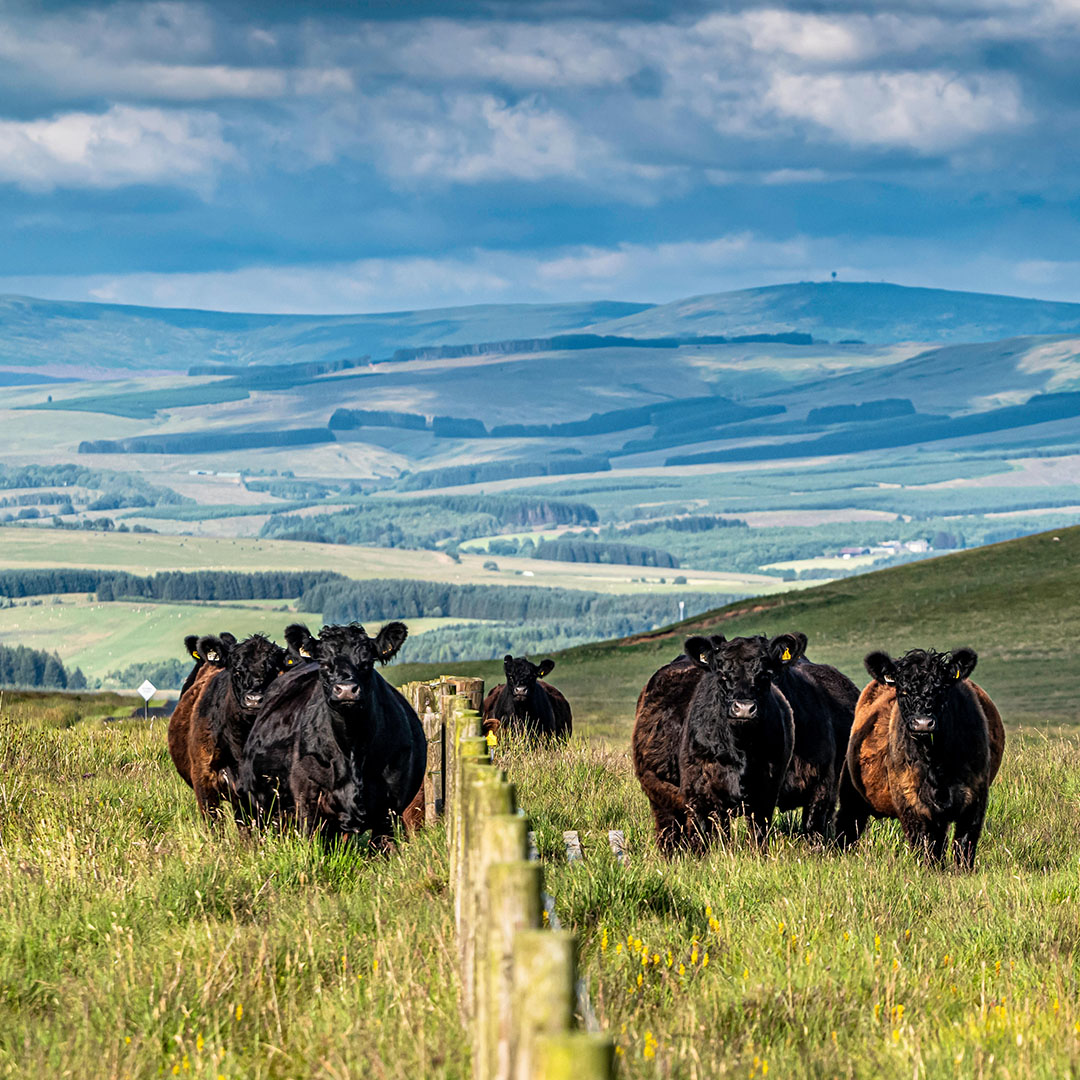
I don’t remember the animals so well as the paraphernalia which surrounded them — brushes, combs, nets of hay and coils of rope. Results from the judging were recited deadpan across a crackling tannoy: beasts from Rusko and Glaisters, from Barlay and Barcloy, from Plascow and Congeith. I was a small child, and these farm names plotted a complete map of the known universe. Here were my uncles and cousins, friends and family from far-flung places across the Southern Uplands, each with their own Galloway cattle as if no other breed existed. Even at this primal stage and divorced from animals of our own, my life was in orbit around beef.
"Native breeds represent a wide variety of traits, characteristics and flavours which took centuries to refine. High-octane European breeds might have maximised productivity, but this has come at a cost to variety. Our food has been subverted by monotony."
Galloway has given its name to a breed of cattle, but so has Hereford, Devon and Sussex. There was a time when almost every county or region in Britain had its own breed. Dramatic changes during the twentieth century put paid to many of those old animals, and several weren’t deemed profitable in a modern farmyard. Agriculture was intensifying and animal breeding began to specialise on growth, scale and speed.
We said goodbye to Sheeted Somerset cattle, the Suffolk Dun and the Caithness cow, as well as more than twenty other breeds of British livestock between 1900 and 1973. Galloways almost collapsed, and the old animals were replaced by fast-growing bulls from France and Belgium; heavy-lifters with strange and unpronounceable names. Most of the surviving native breeds were reduced to obscurity, just hobby projects for quirky smallholders and stubborn old folk.
But every native breed excels at something special. Tamworth pigs make superb bacon; Gloucester cattle produce milk which cheese-makers adore. Native breeds represent a wide variety of traits, characteristics and flavours which took centuries to refine. High-octane European breeds might have maximised productivity, but this has come at a cost to variety. Our food has been subverted by monotony.
"In the old days, cattle were cast into the hills and recovered to be killed after four years. These semi-feral beasts grew up to be cunning and insincere."
Galloway cows have a particular knack for digesting rough grass. They’re born hungry, and they’ll fatten on feed which many other breeds would refuse to sleep on. A summer heifer fills herself with roughage until she’s as thick and fat as a grand piano, and the grass goes to build sweet, fine-grained beef. The muscle is laid down slowly, and the flavour is matched with a fine, melting texture. The sixteenth-century scholar Hector Boece praised Galloway beef as ‘right delicius and tender’, and modern chefs are titillated by T-bones and rib-eyes which are sold in the best and most exclusive restaurants across Britain. Like many native livestock breeds, Galloway cattle still exist because some people are prepared to pay more for food which ‘tastes like it used to’.
The Galloway’s reputation for superb beef is countered by rumours of violence and awkwardness. In the old days, cattle were cast into the hills and recovered to be killed after four years. These semi-feral beasts grew up to be cunning and insincere. It’s not so long ago that a friend of my grandfather’s was sorely mauled on the back hill, crushed to bits by a cow protecting its calf. I was too young to remember the details, but folk said he should have known better. I imagine him lying in the long grass with his ribs stoved in like a smashed accordion and grand clouds rolling by without a shrug. Arms and legs were broken as a matter of course, and cattle were ‘man’s work’, a gritty, fearsome struggle beneath low, grey skies. Gathering pens were sealed with granite posts and reinforced with railway sleepers — if you came across old pens without explanation you could assume they were built to contain dinosaurs.

It’s easier for everyone when cattle are kept tame and close at hand. There’s nothing inherently wild or dangerous about Galloways, and the beasts are mainly gentle. They’re slaves to their greed, and those snub-nosed heads can be bound in halters with a little coaxing. Any cow can kill you, and it seems unfair that Galloways should have a bad name.
Many young people find it hard to get started in farming. The industry looks like a closed shop to outsiders, but my family gave me a foothold as I began to focus on agriculture again. Rather than forge a new road from scratch, I just had to clear some brambles and cobwebs from an existing path. I asked our tenant for advice on getting started and he suggested that I take two of our fields back in hand, the rougher, less productive areas where I could find space for a few calves.
The way was strangely clear, and the memory of those black animals at the show fell to a constant, nagging pulse in the back of my brain. I took a step towards farming and found an old, familiar friend. I could slip in beneath heavy, hairy skins and find a whole new world. After thirty years in Galloway, I was finally heading home.
‘Native: Life in a Vanishing Landscape’ by Patrick Laurie is published by Birlinn (£14.99)
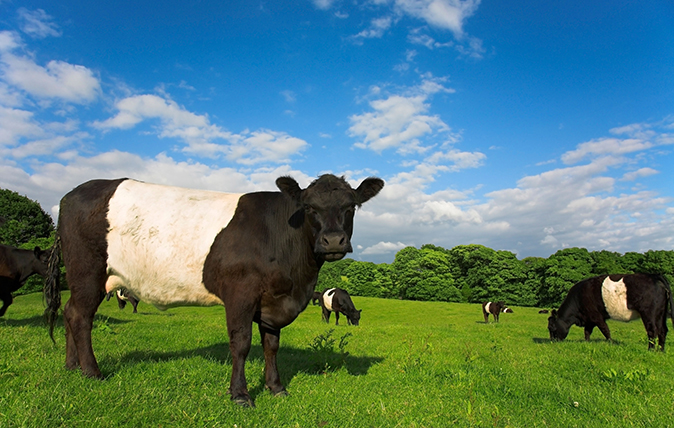
A guide to the native cattle breeds of Britain, from Aberdeen Angus to Jerseys
How many of these native cattle breeds would you recognise from travelling through the British countryside or from the butcher’s

Shaggy sheep stories: 21 native British sheep breeds and how to recognise them
Here are just some of the breeds to consider, whether for field or table or both.

The special alchemy of rare-breed meat, and 10 places of the best places to get hold of it
The surest way to aid the survival of Britain's rare breeds is to support the farmers who rear them – and

What it's like to live for five days on an uninhabited Scottish island
Marooned on the uninhabited Scottish island of Scarba with only his terrier for company, Patrick Galbraith discovers the realities of
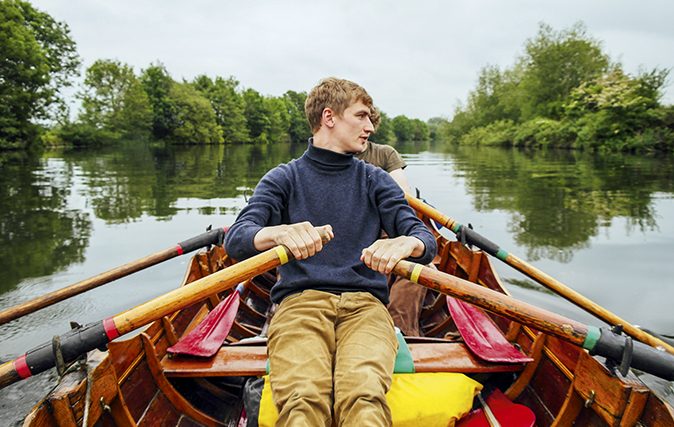
We recreated Three Men in a Boat for the 21st century. Here's what happened.
Re-creating Jerome K. Jerome’s Three Men in a Boat sounds terribly romantic, doesn’t it? Patrick Galbraith discovers the reality of
Country Life is unlike any other magazine: the only glossy weekly on the newsstand and the only magazine that has been guest-edited by His Majesty The King not once, but twice. It is a celebration of modern rural life and all its diverse joys and pleasures — that was first published in Queen Victoria's Diamond Jubilee year. Our eclectic mixture of witty and informative content — from the most up-to-date property news and commentary and a coveted glimpse inside some of the UK's best houses and gardens, to gardening, the arts and interior design, written by experts in their field — still cannot be found in print or online, anywhere else.
